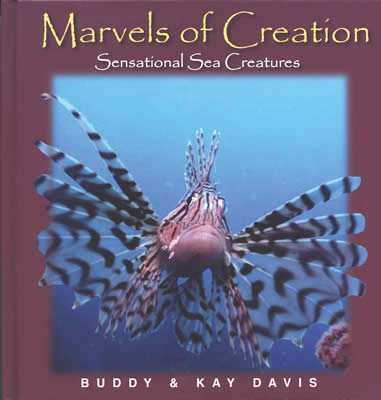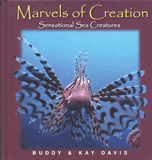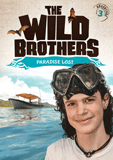There are seven species of sea turtle, the largest and rarest being the leatherback. The shell or carapace can grow 8 feet (2.4 m) long and the entire turtle can grow to 9 feet (2.7 m) long.
There are distinct differences in the shells of each of the species of sea turtle. Most often you can tell by the arrangement of scute design. These are bony plates arranged on the head and shell of the turtles. The leatherback is different from the other sea turtles. The shell of the leatherback is dark brown or black and designed with hundreds of bony plates that are covered with a rubbery, leathery skin. There are yellow or white spots on the leatherback’s throat and on the flippers of the young turtles. The leatherback turtle does not have incrustations of barnacles like many other sea turtles. Scientists have discovered this may be due to the oily skin of this reptile.
The habitat of sea turtles is mostly warm, tropical water. Their range is from the Gulf to the Atlantic, South America, Northern Europe, and in the Pacific Ocean as well. Some sea turtles such as the green turtle like shallow water where it can find a great abundance of food. Sea turtles are fast swimmers underwater. They must surface to breathe but can stay underwater for up to five hours.
The female sea turtle will come to shore to lay her eggs. The site is called a rookery. She will dig a hole in the sand using all four flippers. When she has her pit excavated, she will lay approximately 100 eggs and then cover them up. She will then hide the nest by flipping sand all around the site. When satisfied, she will make her way back to the sea. She will return to the beach several times each season to lay another clutch of eggs. It takes two to four months for the baby turtles to hatch.
The hatchling is approximate 2-3/4 inches (7 cm) when born. They dig to the surface of the sand and instinctively make their way to the sea. This is a very dangerous journey because of predators such as birds, man, and dogs. It has been estimated that only 2 out of the 100 young will survive the first year.
Most of the adult sea turtles feed on sea grass and algae. The young turtles feed on salpa, jellyfish, sea snails, and other soft-bodied animals. Their jaws can cut through the toughest vegetation or animal.
Sea turtles expel salt from their body by a gland near their eyes. Tears secreted from the gland make the turtle look sad and they were nicknamed the crying turtle.
Sea Turtle
Chelonia • Dermochelidae
Dermochelys corlacet
Weight: 80 to 1,900 pounds (36–860 kg)
Length: 23 inches to 9 feet (58 cm–2.7 m)
Life Span: 40 to 50 years
Special Design Feature: The sea turtle cries
tears to keep its eyes bathed with saltwater
while laying eggs out of the sea.
Did You Know? Sea turtles can stay
underwater for up to five hours.

Marvels of Creation: Sensational Sea Creatures
Brings the world of the sea alive in a unique and colorful way with photographs, a page of facts and commentaries.
Browse Kids BookRecommended Resources
- © 2024 Answers in Genesis
- Privacy Policy
- Contact
- About



